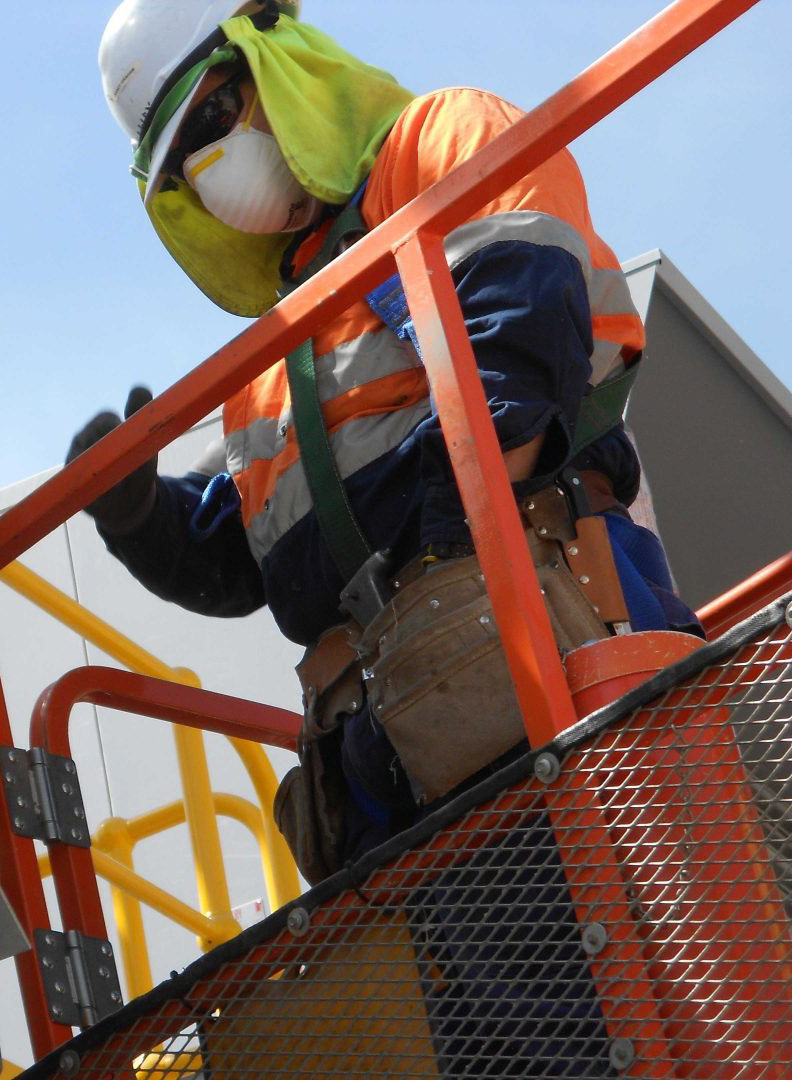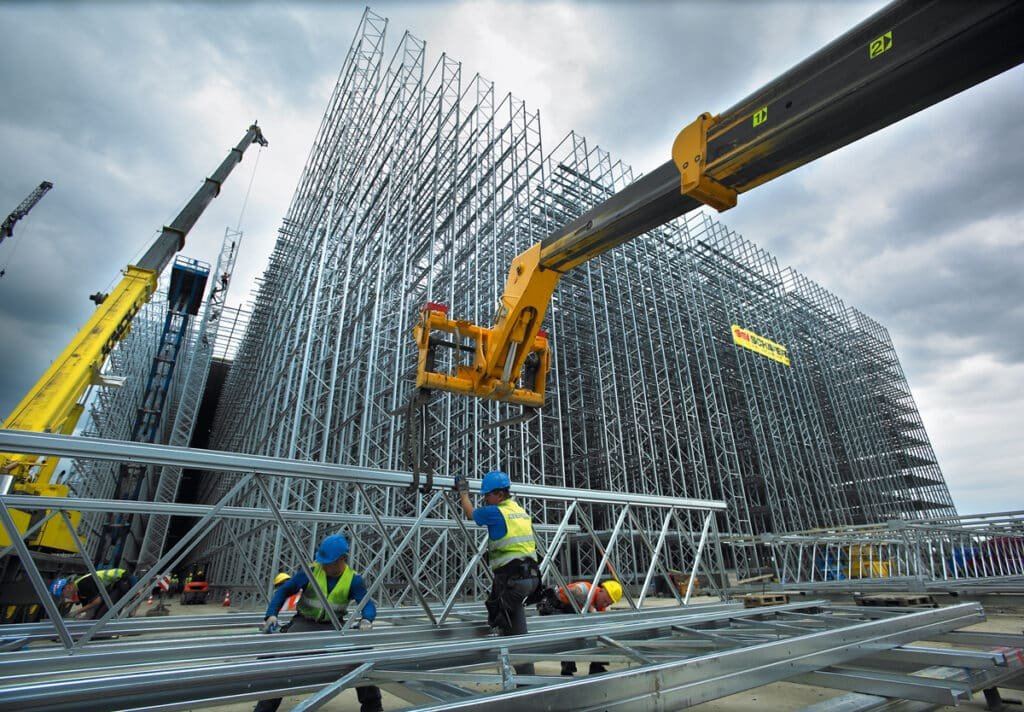Fire safety is a critical consideration in any building or construction project. One essential aspect of fire safety is the use of fireproof insulation. In this comprehensive guide, we will delve into the world of fireproof insulation, exploring different types, their characteristics, and their applications. Whether you're a homeowner, architect, or contractor, understanding the various options available will help you make informed decisions to enhance the fire resistance of your structures.
- Understanding Fireproof Insulation:
Fireproof insulation is a specialized material designed to resist the spread of flames and provide thermal protection in the event of a fire. It plays a crucial role in preventing the rapid spread of fire, protecting structural integrity, and providing valuable escape time for occupants. - Types of Fireproof Insulation:
2.1. Mineral Wool Insulation:
Mineral wool insulation, also known as rock wool or slag wool, is a popular choice for fireproofing. It is made from natural or synthetic minerals and offers excellent fire resistance due to its high melting point. Mineral wool insulation is commonly used in walls, ceilings, and floors to provide fire barriers and enhance thermal insulation.
2.2. Fiberglass Insulation:
Fiberglass insulation is another widely used fireproof insulation material. It is made from fine glass fibers and is known for its excellent thermal and acoustic insulation properties. Fiberglass insulation is available in various forms, such as batts, rolls, and loose-fill, making it versatile for different applications. It is commonly used in residential and commercial buildings to improve energy efficiency and fire safety.
2.3. Cellulose Insulation:
Cellulose insulation is an eco-friendly option made from recycled paper or plant fibers. While it is primarily used for thermal insulation, it also offers inherent fire resistance. Cellulose insulation is treated with fire-retardant chemicals to enhance its fireproofing capabilities. It is commonly used in attics, walls, and roofs to improve energy efficiency and provide fire protection.
2.4. Intumescent Coatings:
Intumescent coatings are a unique type of fireproof insulation that works by expanding when exposed to high temperatures. These coatings create a protective char layer, which insulates the underlying material and slows down the spread of fire. Intumescent coatings are often applied to structural steel and other building materials to enhance their fire resistance.
- Factors to Consider When Choosing Fireproof Insulation:
3.1. Fire Rating:
Fireproof insulation materials are assigned fire ratings based on their performance in standardized fire tests. Understanding fire ratings is crucial when selecting the appropriate insulation for your specific needs. Look for materials with higher fire ratings to ensure better fire protection.
3.2. Application and Building Codes:
Consider the specific application and building codes in your region when choosing fireproof insulation. Different areas may have specific requirements for fire resistance in certain building elements. Ensure that the insulation you select meets or exceeds the relevant building codes and regulations.
3.3. Thermal Performance:
While fire resistance is a primary concern, it's essential to consider the thermal performance of the insulation material. Look for insulation with high R-values, indicating better thermal resistance. Balancing fire safety with energy efficiency will help create a well-insulated and fire-resistant structure.
- Conclusion:
Fireproof insulation is a critical component in ensuring the safety and fire resistance of buildings. By understanding the different types of fireproof insulation available and considering factors such as fire ratings, application, and thermal performance, you can make informed decisions when selecting the right insulation for your project. Prioritizing fire safety will not only protect lives and property but also provide peace of mind for occupants. Choose wisely and invest in fireproof insulation to create a safer built environment.


